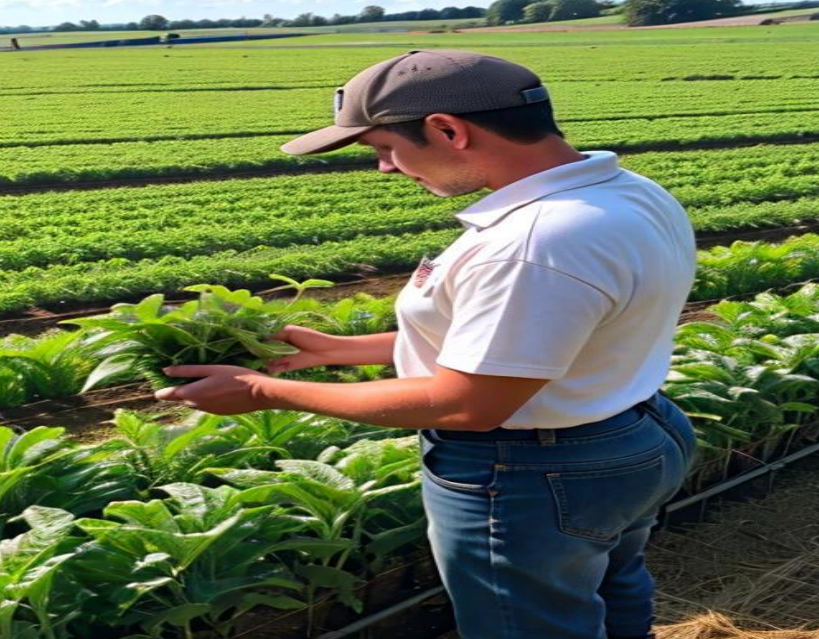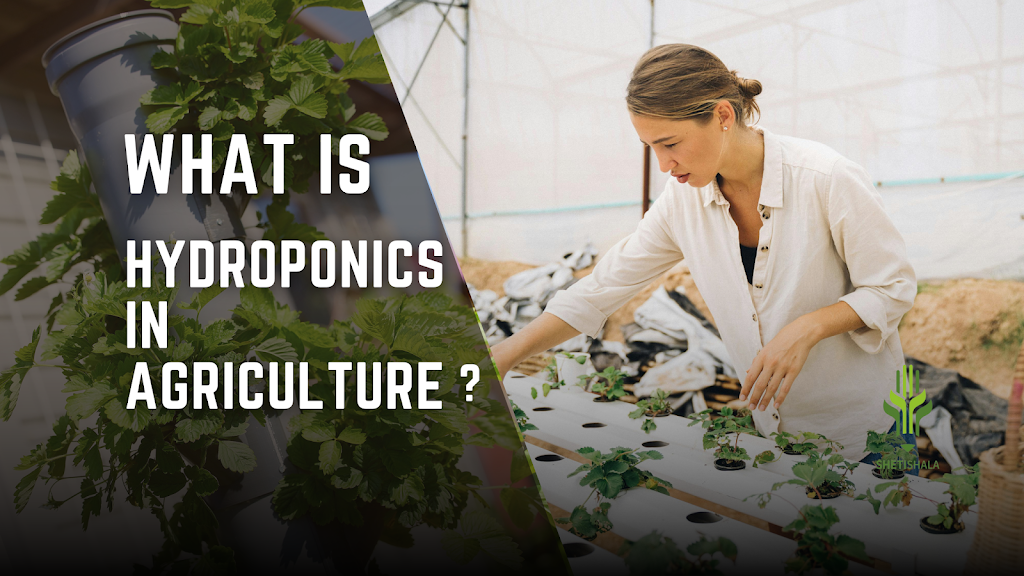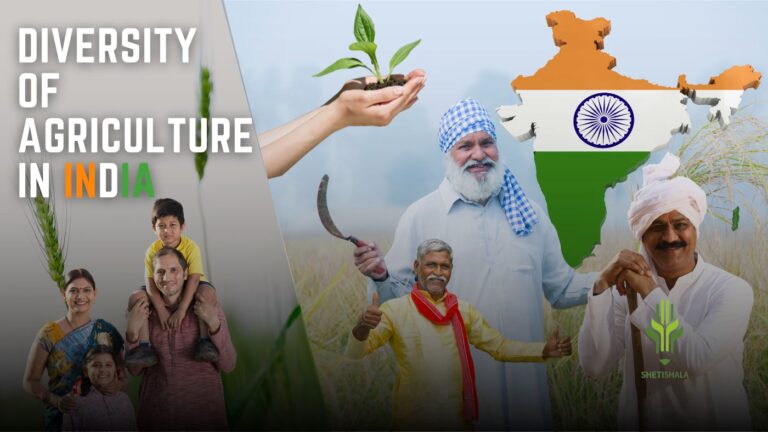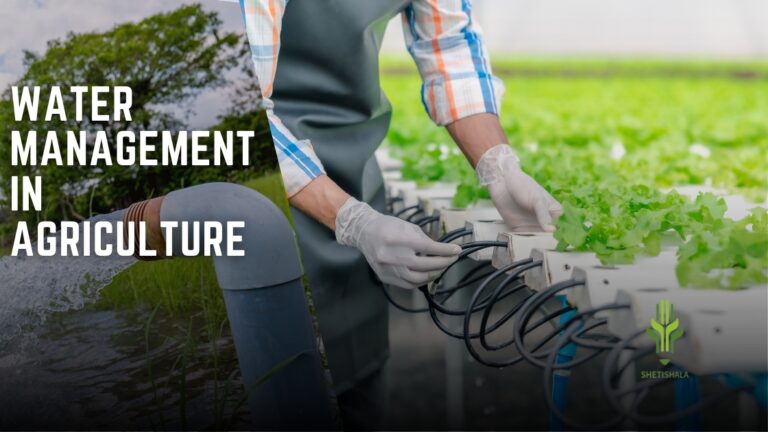Introduction
Efficient crop management is the cornerstone of successful farming. By implementing best
practices, farmers can optimize their yields, enhance soil health, and mitigate pest and
disease challenges. This blog written by Vaibhav Gadekar explores essential aspects of crop management, including
seasonal planting guides, pest and disease management strategies, the benefits of crop
rotation and polyculture, and the advantages of high-yield crop varieties.
Seasonal Planting Guides:

Understanding the right time to plant crops is crucial for maximizing yields. Seasonal
planting guides help farmers schedule their planting activities to align with local climate
conditions, ensuring that crops receive the ideal amount of sunlight, water, and nutrients.
1. Spring Planting:
Early spring is perfect for cool-season crops like lettuce, peas, and
radishes. As the soil warms, you can plant beans, tomatoes, and cucumbers.
2. Summer Planting:
Mid-summer is suitable for fast-growing crops like zucchini, corn,
and melons. Succession planting allows for continuous harvests throughout the season.
3. Fall Planting:
Cooler temperatures in fall are ideal for crops like broccoli, carrots, and
spinach. These crops can often be harvested late into the season.
4. Winter Planting:
In mild climates or with the use of greenhouses, winter crops such as
kale, onions, and garlic can be grown successfully.
PEST AND DISEASE MANAGEMENT STRATEGIES

Effective pest and disease management is vital for maintaining healthy crops and ensuring
high yields. Integrated Pest Management (IPM) is a holistic approach that combines various
strategies to keep pests and diseases under control.
1. Cultural Practices:
Rotate crops annually to disrupt pest life cycles. Use resistant crop
varieties and practice proper spacing to reduce the spread of diseases.
2. Biological Controls:
Introduce natural predators like ladybugs and beneficial
nematodes to control pest populations. Planting flowers like marigolds can attract these
helpful insects.
for more information visit out blog regarding organic farming
3. Mechanical Controls:
Employ physical barriers such as row covers and insect netting to
protect crops from pests. Regularly inspect and remove any infected plants.
4. Chemical Controls:
Use organic or synthetic pesticides as a last resort. Apply them
judiciously, following the manufacturer’s guidelines to minimize environmental impact.
CROP ROTATION AND POLYCULTURE BENEFITS

Crop rotation and polyculture are sustainable farming practices that promote soil health
and reduce dependency on chemical inputs.
1. Crop Rotation:
Rotating crops helps break pest and disease cycles, reduces soil
erosion, and enhances soil fertility. For example, rotating legumes with cereal crops can
replenish nitrogen levels in the soil.
2. Polyculture:
Growing multiple crops together can improve biodiversity and ecosystem
stability. Intercropping beans with corn, for instance, provides natural pest control and
optimizes space utilization.
# High-Yield Crop Varieties
Selecting high-yield crop varieties is essential for maximizing production on limited land.
1. Genetically Improved Varieties:
Modern breeding techniques have produced crop
varieties that are more resistant to pests, diseases, and environmental stresses. Examples
include drought-resistant corn and high-yielding rice strains.
2. Heirloom Varieties:
While not always the highest yielding, heirloom varieties offer
superior taste and unique traits. They can also contribute to genetic diversity and resilience
in farming systems.
Additional Tips for Successful Crop Management
1. Soil Health:
Regularly test soil to monitor pH and nutrient levels. Amend the soil with
organic matter like compost to improve its structure and fertility.
2. Water Management:
Implement efficient irrigation systems such as drip irrigation to
conserve water and reduce the risk of fungal diseases.
3. Cover Cropping:
Plant cover crops like clover and rye during off-seasons to prevent soil
erosion, suppress weeds, and enhance soil organic matter.
4. Record Keeping:
Maintain detailed records of planting dates, crop performance, pest
and disease outbreaks, and weather conditions. This data helps refine management
practices over time.
CONCLUSION
Adopting best practices in crop management is essential for achieving sustainable and
productive farming. By following seasonal planting guides, employing effective pest and
disease management strategies, leveraging the benefits of crop rotation and polyculture,
and choosing high-yield crop varieties, farmers can enhance their yields and contribute to
a more resilient agricultural system. Continuous learning and adaptation to new
techniques will ensure long-term success in crop management.

#summery of crop management:
Crop management in agriculture involves a series of practices designed to maximize
the health and yield of crops. Key components of crop management include:
1. **Soil Preparation**:
Ensuring soil is healthy and fertile, often involving
plowing, tilling, and adding organic or inorganic fertilizers to improve nutrient
content.
2. **Seed Selection and Sowing**:
Choosing high-quality seeds that are suitable
for the local climate and soil conditions. Sowing techniques, such as direct
seeding or transplanting, are selected based on the crop type.
For more information visit our blog regarding Seeds and germination
3. **Water Management**:
Implementing efficient irrigation methods to provide
adequate water while conserving resources. Techniques include drip irrigation,
sprinklers, and rain-fed systems.
4. **Nutrient Management**:
Applying fertilizers and soil amendments to provide
essential nutrients like nitrogen, phosphorus, and potassium. Regular soil
testing helps determine nutrient needs.
5. **Pest and Weed Control**:
Using integrated pest management (IPM) practices
to control pests and diseases. This can include biological control, chemical
pesticides, and cultural practices like crop rotation and intercropping.
6. **Crop Monitoring**:
Regularly inspecting crops for signs of stress, disease, or
pest infestations. Monitoring helps in timely interventions to prevent significant
damage.
7. **Harvesting**:
Determining the optimal time for harvesting to ensure
maximum yield and quality. Proper techniques are used to minimize crop
damage during harvest.
8. **Post-Harvest Management**:
Involves handling, storage, and transportation
of crops to maintain quality and reduce losses. This can include drying,
cleaning, and proper packaging.
Effective crop management integrates these practices to enhance productivity,
sustainability, and profitability in agriculture.




